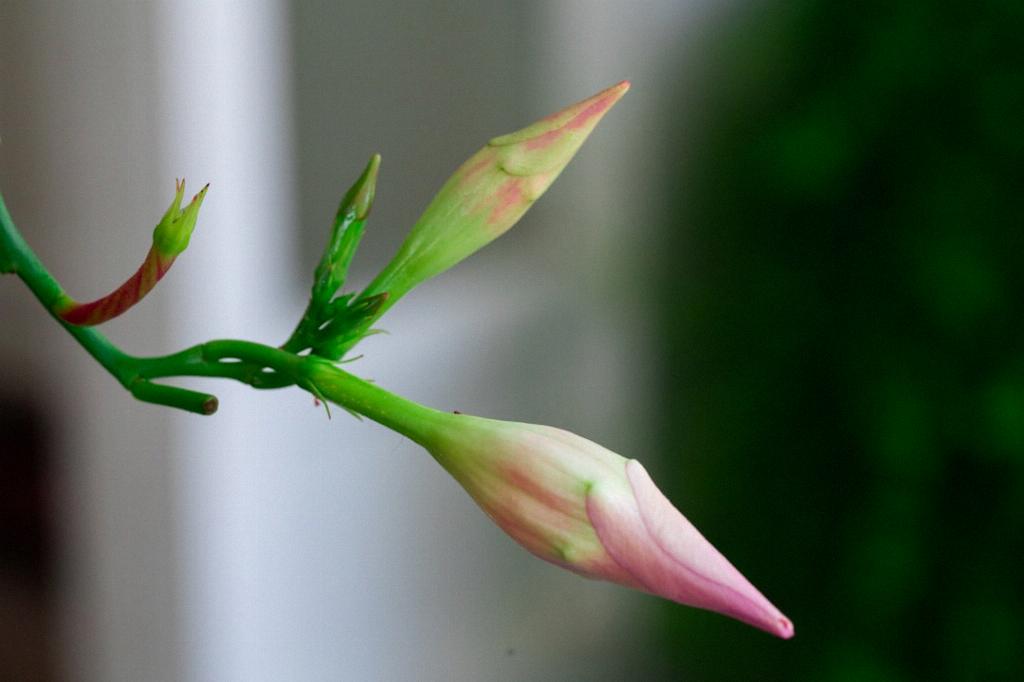Mandevilla, a popular choice for gardeners and landscapers alike, is a stunning flowering plant known for its vibrant blooms and lush foliage. Native to South America, this tropical vine is a favorite for adding a touch of elegance and beauty to gardens, trellises, and containers.
Overview of Mandevilla Plant Characteristics
Mandevilla plants are characterized by their glossy, dark green leaves and trumpet-shaped flowers that come in shades of pink, white, and red. These plants thrive in warm climates and need plenty of sunlight to flourish. With proper care and maintenance, Mandevilla can bloom throughout the summer months, attracting pollinators and enhancing the visual appeal of any outdoor space.
Common Uses of Mandevilla in Landscaping
Due to their climbing nature, Mandevilla plants are often used to cover fences, walls, and pergolas, creating a lush and colorful backdrop in gardens. Additionally, these vines can be trained to grow in containers or hanging baskets, adding a vertical element to patios and balconies. Their versatility and beauty make them a sought-after choice for landscaping projects.
Exploring the Dietary Habits of Deer
Deer are known to be voracious herbivores, feeding on a wide variety of plants and foliage in their natural habitat. While some plants are irresistible to deer, others have evolved defenses to deter these graceful but potentially destructive animals.
Can Deer Eat Mandevilla Plants?
Fortunately, Mandevilla plants contain a milky sap in their stems and leaves that makes them unappealing to deer and rabbits. This natural defense mechanism helps protect the plant from being consumed by wildlife, making Mandevilla a relatively safe option for gardeners who are concerned about deer damage.
Implications of Deer Consuming Mandevilla
In the rare event that deer do consume Mandevilla plants, it can have negative consequences for the foliage and overall health of the plant. However, due to their natural resistance, Mandevilla is generally not a preferred food source for deer, reducing the likelihood of significant damage.
Tips for Protecting Mandevilla from Deer Browsing
While Mandevilla is deer-resistant, it’s always a good idea to take precautions to safeguard your plants. Some strategies to protect your Mandevilla from deer browsing include using physical barriers, repellents, and planting companion plants that deer find less appealing.

Conclusion on the Interaction Between Deer and Mandevilla Plants
In conclusion, Mandevilla plants are a beautiful and versatile addition to any garden or landscape. Their resistance to deer browsing makes them a low-maintenance option for gardeners looking to add color and charm to their outdoor spaces. By understanding the dietary habits of deer and implementing protective measures, you can enjoy the beauty of Mandevilla without worrying about wildlife damage.
